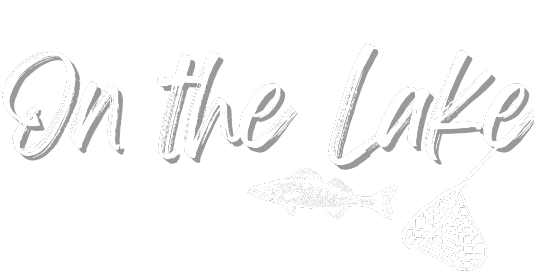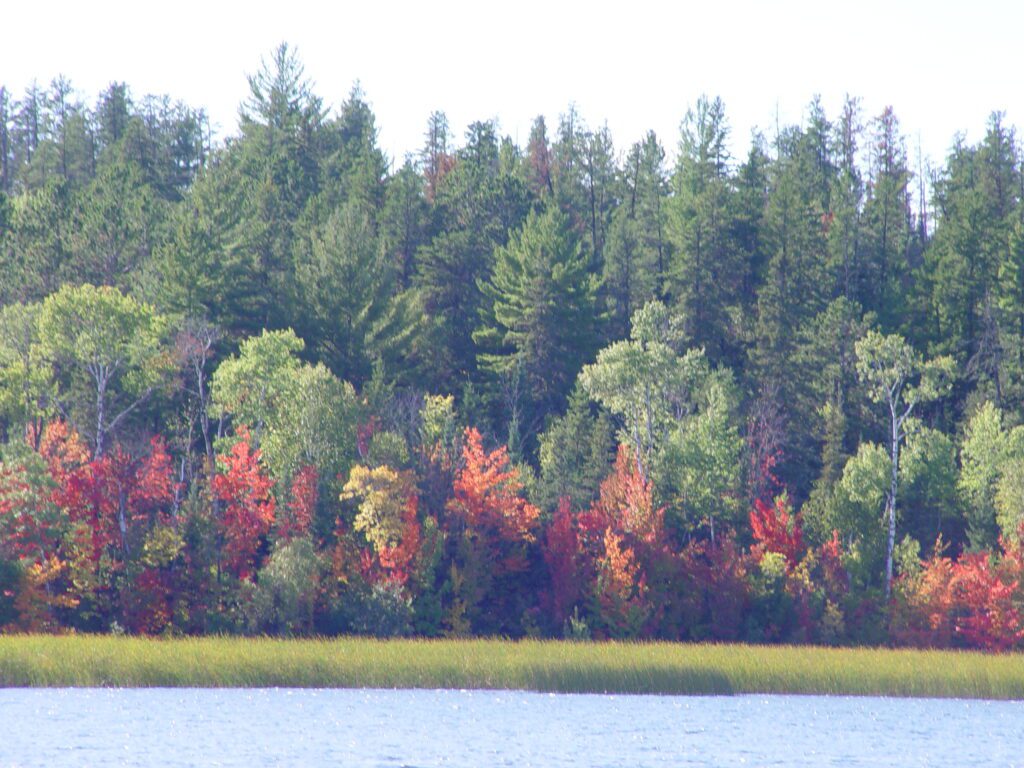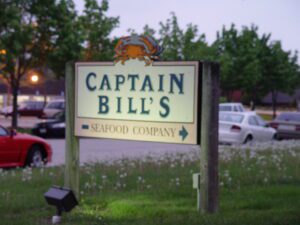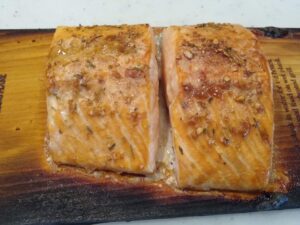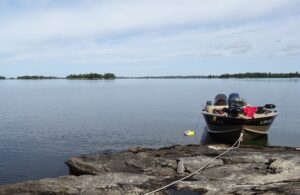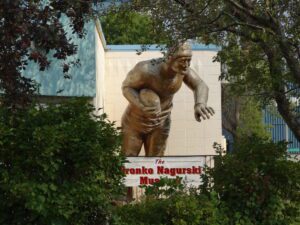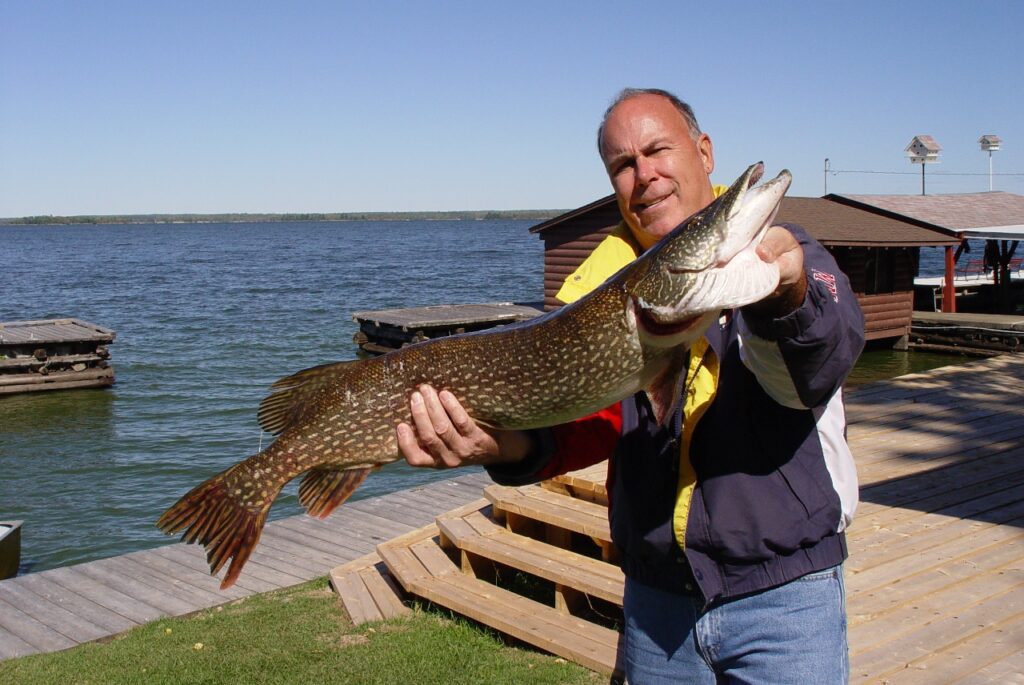What is Lake Turnover? Does it effect fishing? What’s happening down there? I had pondering these questions for some time, especially after taking some fishing trips in the fall. After some extensive research, here’s what I’ve learned.
Water is quite possibly the most fascinating substance on earth. This is true for a number of reasons, not the least of which is that without water, life as we know it would not exist.
Water to Survive
In terms of humans, I recently heard of a new way to calculate how much water one should consume each day: Take one’s body weight in pounds and divide it by two, and that is the number of ounces of water required daily! I am unaware of the requirements for other warm-blooded animal forms, but I do know that the cold-blooded species so cherished by sports enthusiasts — fish like walleye, bass, northern pike and musky — require a lot of water: fresh, clean and oxygen-laden H2O in order to survive.
And a simple process referred to as lake turnover plays a very critical role in that survival process. Did I say simple? Well… it is, and then again it isn’t. But I’ll try to describe the process in a way that is as simple and non-technical as possible.
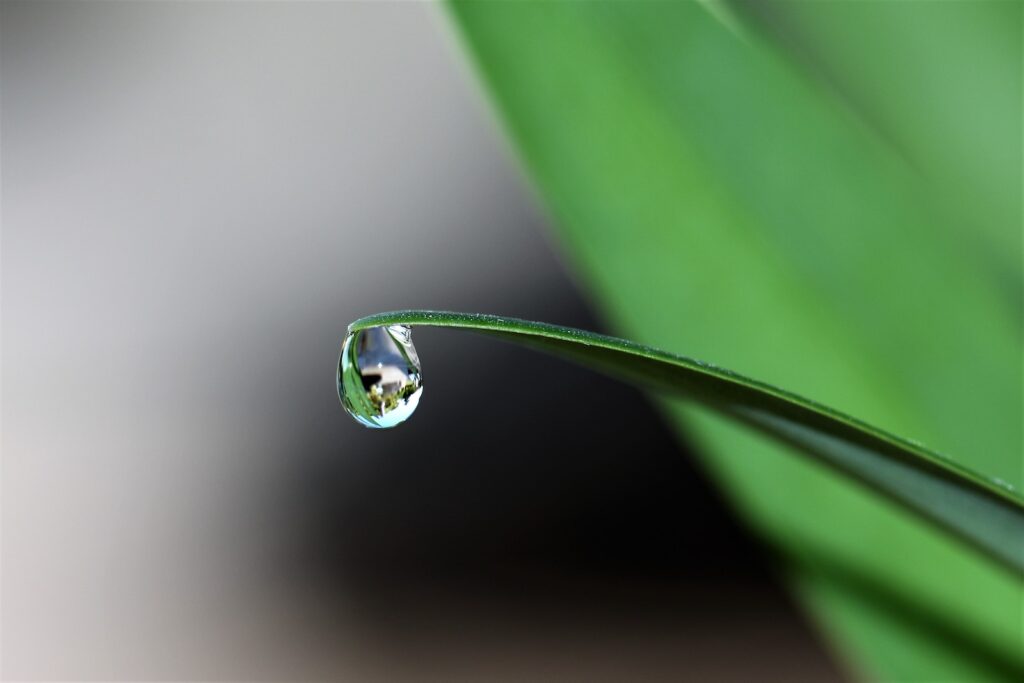
Some Basic Chemistry: Hot & Cold
Water is fascinating, for a number of reasons. One of the more interesting reasons is because of a water molecule’s amazing structure. It’s just basic chemistry. In nature, temperature changes the physical properties of all substances in predictable ways.
In general, as things get colder, they contract and become more dense/heavier. As they get warmer, they expand and become less dense/lighter. This principle holds for all solids, liquids and gases. Able to exist in all three forms, water, as a liquid, contracts and becomes denser as it gets colder… at least to a point.
And that point is where the oddity owing to water’s special chemistry comes into play, the one that keeps your favorite lake and your favorite gamefish, healthy and happy.
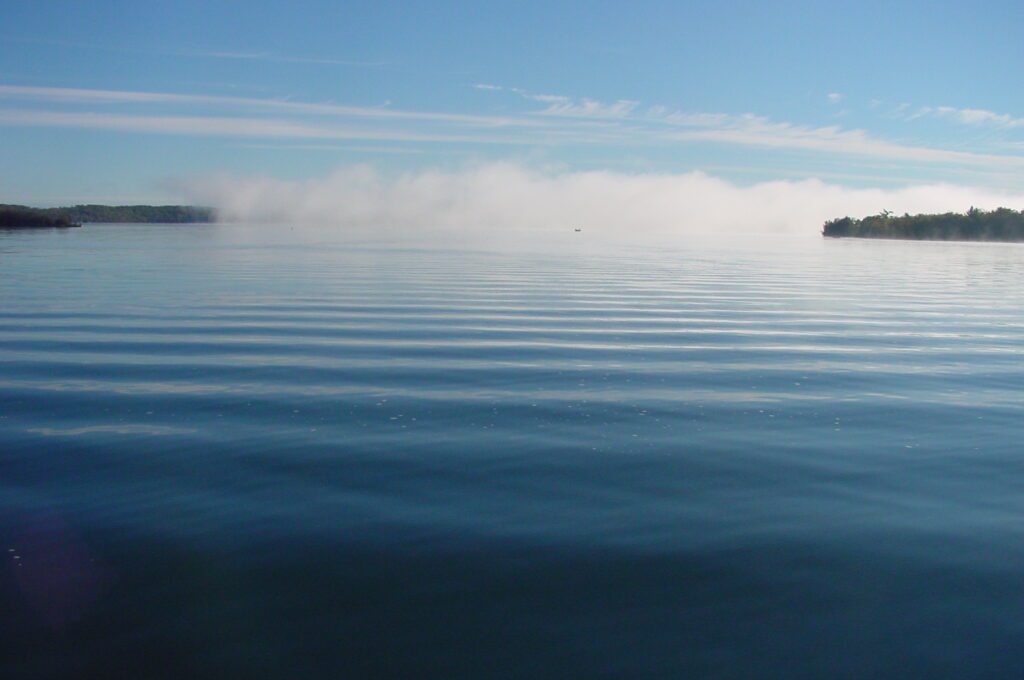
Magic Happens at 39 Degrees Fahrenheit
Something strange and wonderful happens when water reaches a temperature of approximately 39 degrees Fahrenheit (4 Celsius). Well, it is wonderful for lakes and the life in them, not so for the roads on which we drive. More on that later.
In any case, as water cools to that temperature, it does, as predicted, contract and becomes denser. Ultimately sinking to the bottom of the lake, this cooler water pushes the water it has displaced back to the surface, where it, too, can cool. With continued cooling at the surface, the decreasing temperature should (or so it would seem) eventually cause all the water in the lake to eventually freeze solid and sink to the bottom. This would mean that the lake would freeze from the bottom up, eventually destroying all life beneath the waves.
Why then does this not happen? Again, it’s the chemistry of the water molecule. It dictates that at 39 degrees (39.20 to be precise) Fahrenheit, water actually expands and becomes less dense, allowing it to float above the warmer water! The water that cools below that temperature, to 32 degrees, for instance, freezes and stays on the top, effectively capping the lake. It also stops further energy loss from the lake. All water beneath the surface of the ice never gets any colder than 39 degrees Fahrenheit.
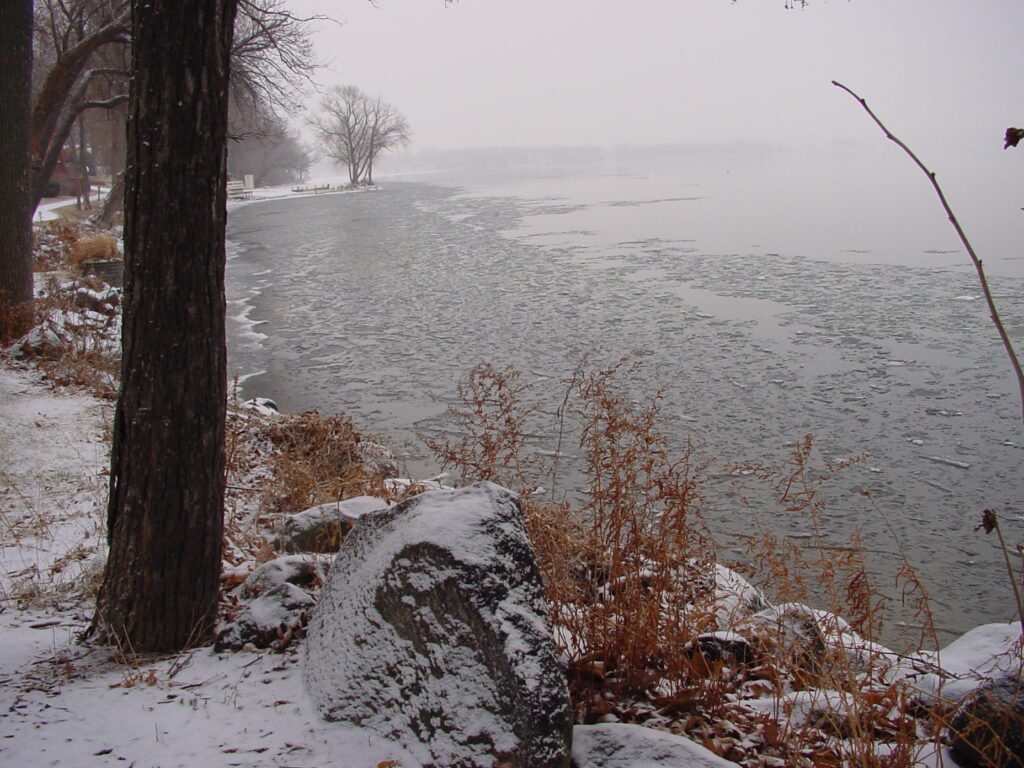
Ice developing along the shores of Green Lake at the Heidel House Resort. Photo by Yvonne Carpenter-Ross
Lake Oxygen & the Thermocline
So how does all of this relate to lake turnover (which by the way, can actually take place once or several times per season, depending on many additional factors)? Let’s first consider the fall turnover.
Starting in the spring and over the course of the summer, surface waters absorb a lot of the sun’s energy and can heat extensively, causing them to become quite buoyant. Winds and storms can cause some mixing and do add some oxygen. Atmospheric oxygen is added by the air-water interaction to the oxygen produced within the water by aquatic plants.
But there is too much difference in temperature between the surface water and that at depth to allow for complete mixing of all the water in the lake. Because of the density-temperature relationship, many lakes in temperate climates tend to stratify, that is, they separate into distinct layers.
The middle layer, known as the thermocline, acts as an effective barrier to any mixing of the deeper waters. Toward the end of summer, the deep water becomes quite depleted of oxygen because no mixing has taken place.
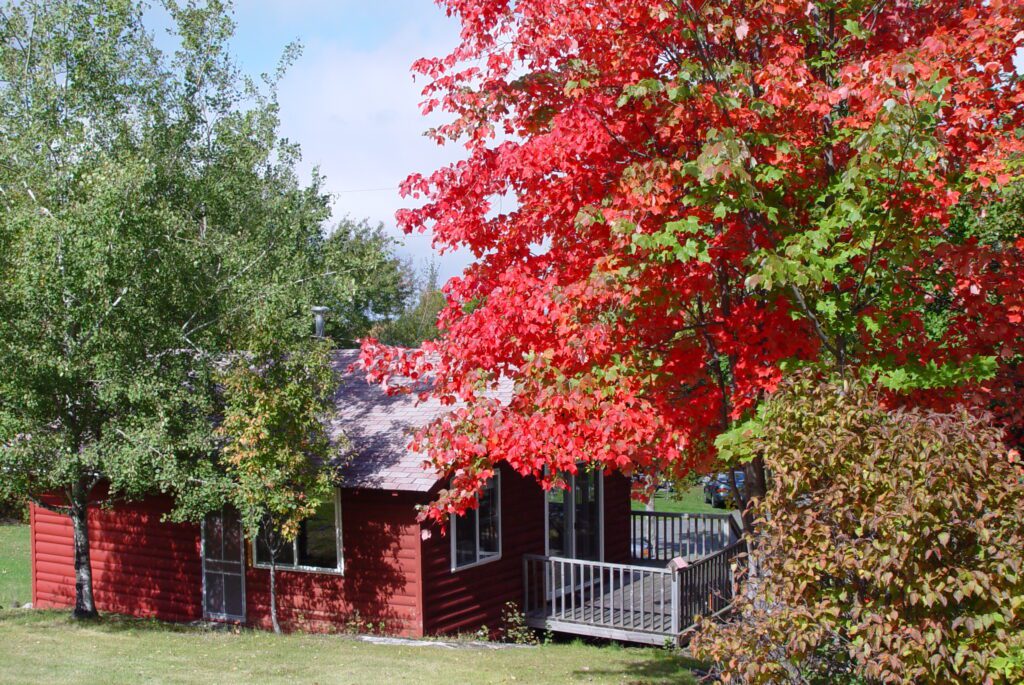
Shorter Days, Cooling Water & Fall Turnover
As the days get shorter and cooler, and energy is transported away from and out of the lake, mixing becomes easier. At about 50 degrees, the cooler and denser water (with a higher oxygen content) at the surface begins to sink into and through the thermocline, forcing warmer and less dense water to the surface, eventually erasing the temperature stratification built up over the summer.
At some point, a majority of the water in the lake reaches an approximately uniform temperature. Now, storms and sustained high winds can begin to perform the task of overturning and mixing the water in the lake. This is referred to as fall turnover.
The deep water contains an abundance of decaying matter and sulfurous gases; when it reaches the surface, it produces a telltale odor that indicates the process has begun. Eventually the turnover mixes fresh oxygen into the entire lake mass, replenishing the deep waters with the life-giving stuff. The lake is also cleansed of the sulfurous fumes from the water, allowing fish to return to the depths where they will spend the winter months.
Just an extra note, since this page seems to get a lot of views, especially in the fall of the year. Not all lakes experience turnover to the same extent or in the exact same way, due to things like depth, bottom structure and size/volume of water.
Very shallow lakes — with little or no thermocline — may experience little if any noticeable turnover. Large and very deep lakes will obviously take longer for the phenomenon to be completed.
Spring Turnover
As winter approaches, the water that has now reached 39 degrees sinks to the bottom. This allows colder and less dense, buoyant water to remain at the surface to freeze. The ice thickens because it is not a good insulator. Water in contact with the underside of the ice cools further and freezes, adding to the surface layer.
A stratification similar to that of the summer months will occur in the water column during the winter months, but not to as great an extent. With the advent of spring, the warming/melting of the ice layer at the surface and the much smaller temperature differences in the water column, winds and storms are now able to create a spring turnover with little difficulty.
As the waters continue to warm, stratification begins again, and the endless cycle continues. Mother Nature has performed her timeless and never-ending task, adding additional life-giving oxygen to the lake, and readying it for the onslaught of another season of fishermen.
Oh, yes. Remember the roads I mentioned earlier? Well, the same temperature and density changes that cause the expansion and contraction of water as it freezes and thaws is part of the natural and positive process for lakes. But it works the same way for the water that seeps into and under the roads on which we drive.
As it freezes and thaws, expanding and contracting as the temperature continually moves up and down past 39 degrees, ultimately causes the potholes and cracks that are headaches for drivers and road crews alike.
Something else to remember: take that bottle of beer out of the freezer before it explodes!
As always, I hope to see you On the Lake!
R.K.
